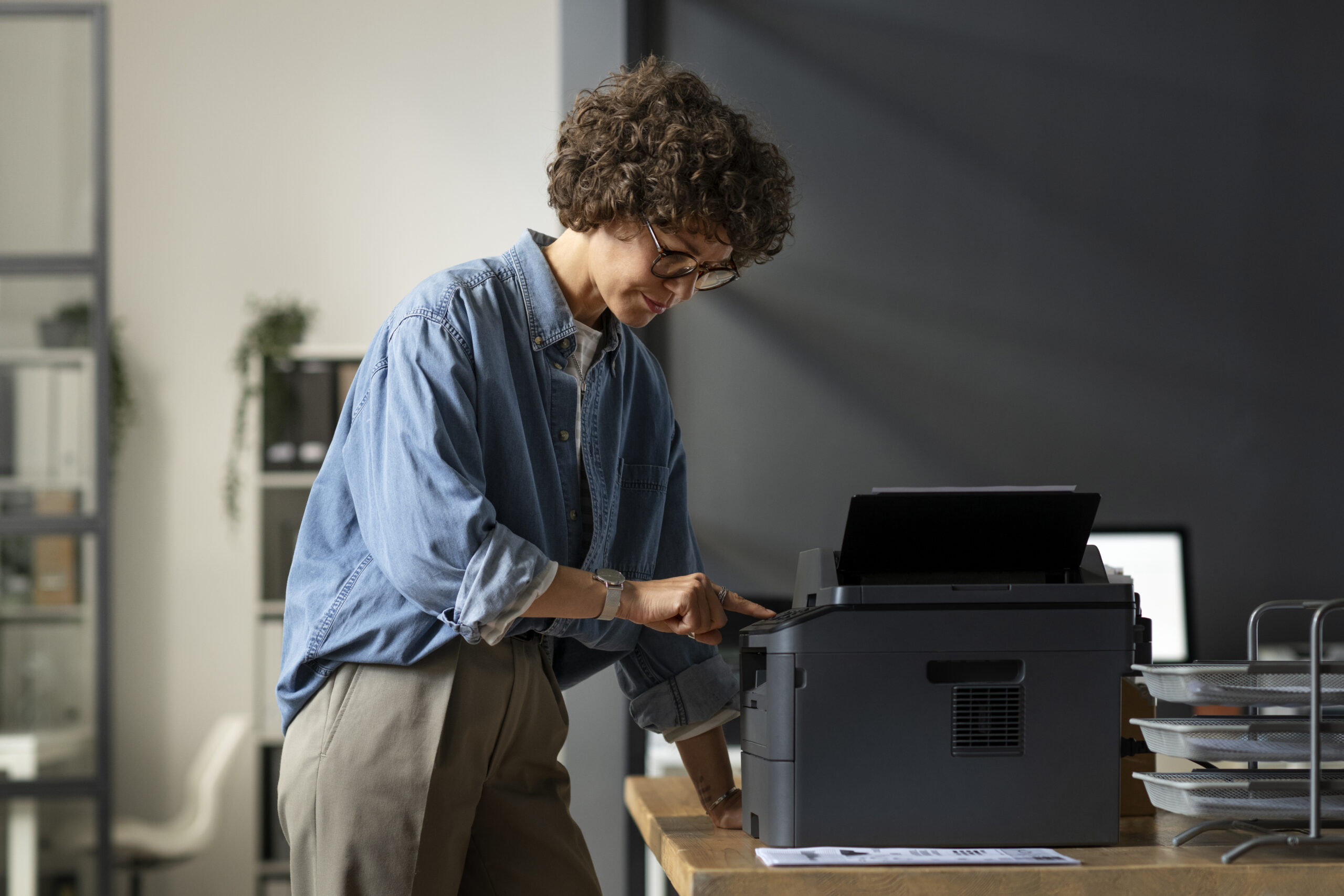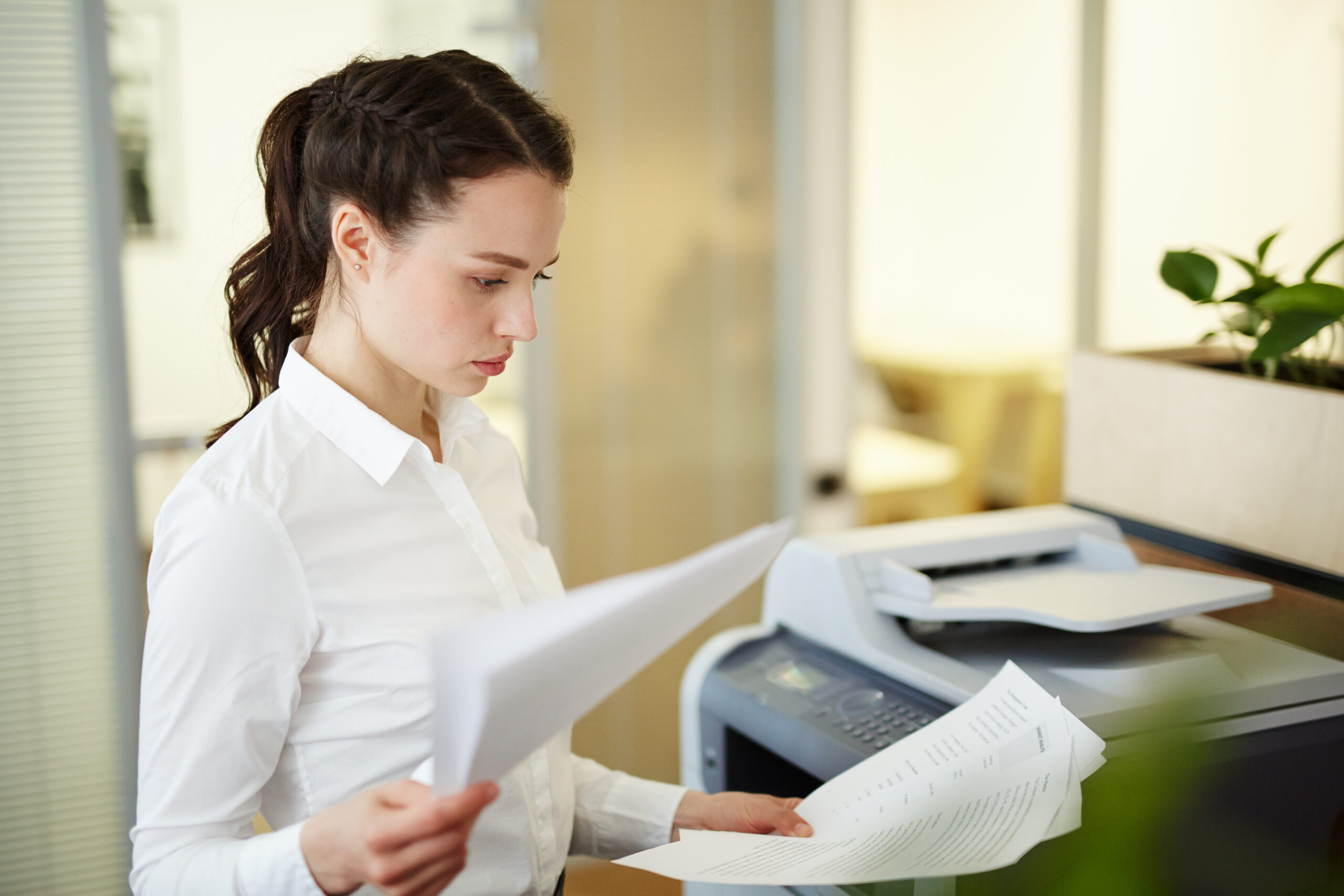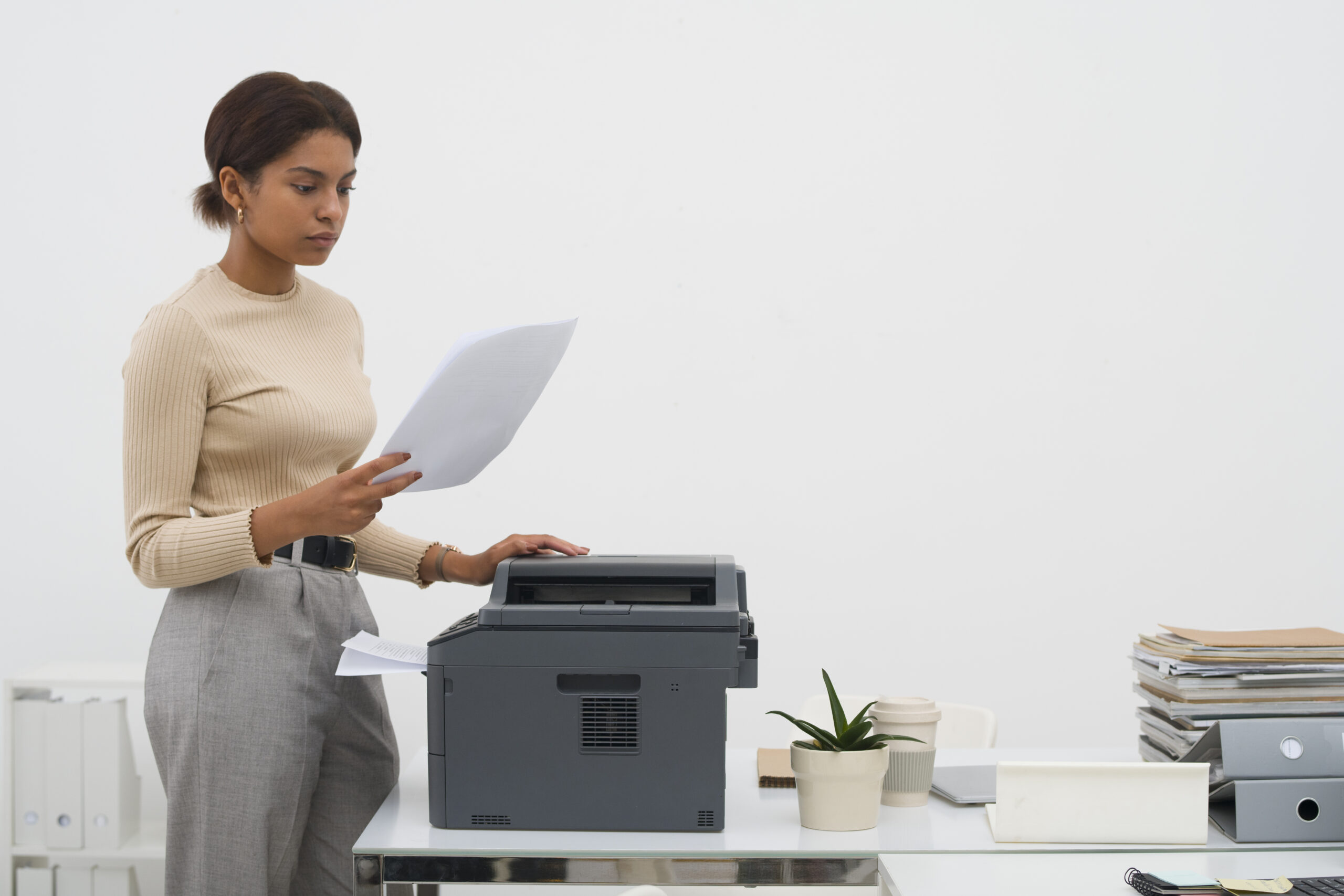Photo Printing at Home: Get Crisp Colours and Professional Results

Printing photos at home is more than convenience. It’s about control, quality, and creating lasting memories without depending on labs or kiosks. Whether it’s family portraits, travel shots, or creative projects, mastering photo printing transforms your images into tangible art.
Why Print Photos at Home?
Digital albums are handy, but physical prints offer a tactile, emotional impact unmatched by screens. Home printing ensures privacy, instant results, and customisation unavailable at standard photo labs.
Emotional Value
- Frames capture milestones in physical form.
- Prints last decades if stored correctly.
- Albums tell stories across generations.
Creative Control
- Adjust colours and tones before printing.
- Experiment with paper textures and finishes.
- Print on-demand without third-party delays.
Choosing the Right Printer for Photos
The heart of home photo printing is the printer itself. Not every printer delivers professional quality. Understanding the categories helps in choosing the right tool.
Inkjet Printers
- Best for vibrant colours and gradients.
- Support multiple paper types and sizes.
- Higher per-print cost, but better quality.
Dye-Sublimation Printers
- Use heat to transfer dye for smooth tones.
- Durable prints with water resistance.
- Mostly limited to standard photo sizes.
Understanding Photo Paper Types
Paper determines both the look and longevity of your prints. Choosing the correct type ensures accurate colours and professional feel.
| Paper Type | Best For | Finish |
|---|---|---|
| Glossy | Vibrant portraits, landscapes | Shiny, reflective |
| Matte | Fine art, muted tones | Flat, non-reflective |
| Lustre | Everyday professional prints | Satin balance |
| Canvas | Wall art, creative projects | Textured fabric-like |
Resolution and Image Preparation
Even the best printer struggles with poor source files. Prepare images carefully before printing to ensure crisp results.
- Use at least 300 DPI resolution for sharp output.
- Edit photos for exposure, white balance, and colour accuracy.
- Cropping should match the final paper ratio.

Colour Management Basics
Colour consistency across screens and prints is critical. Without management, prints often appear darker or shifted.
- Calibrate your monitor regularly for accuracy.
- Use ICC profiles provided by paper and printer manufacturers.
- Print test strips before large batches.
Advanced Printing Techniques
Once the basics are mastered, advanced methods can push your home photo printing closer to professional studio levels.
Soft Proofing
Soft proofing simulates how a photo will look on paper before printing. Using ICC profiles in editing software ensures predictable results and reduces wasted paper.
Borderless Printing
Borderless options remove white margins, creating full-frame prints that resemble lab-quality results. Use high-quality settings to prevent banding at edges.
Batch Printing
For albums or events, batch printing ensures consistency across multiple images. Apply identical corrections and print settings to maintain uniform tones.
Finishing Touches: Beyond Printing
A great photo doesn’t end at printing. Finishing steps enhance durability and presentation.
- Lamination: Protects against fingerprints and UV damage.
- Mounting: Foam boards or mats add stability for framing.
- Framing: Aesthetic choices that match décor and protect prints from dust.

Cost Considerations
Home printing delivers control, but costs can add up. Balancing quality with affordability is essential for sustainable hobby printing.
| Expense | Average Cost | Notes |
|---|---|---|
| Ink Cartridges | $30–$70 each | High-yield tanks save more over time |
| Photo Paper | $15–$40 per pack | Varies by size and finish |
| Electricity | Minimal | Negligible compared to supplies |
| Printer | $150–$800 | Long-term investment in quality |
Common Mistakes to Avoid
- Ignoring Calibration: Leads to mismatched colours between screen and print.
- Using Wrong Paper: Standard office sheets dull colours and fade quickly.
- Skipping Test Prints: Small samples prevent large wasted runs.
- Storing Improperly: Heat, light, and humidity damage unprotected prints.
Troubleshooting Photo Printing Issues
Banding or Streaks
Usually caused by clogged nozzles. Run a cleaning cycle, and use high-quality settings.
Dull Colours
Check paper type setting, and ensure the right ICC profile is applied.
Uneven Margins
Verify that aspect ratios match the chosen print size. Crop instead of stretching.
Photo Printing at Home vs. Professional Labs
While labs offer advanced equipment and finishes, home printing wins on immediacy and privacy. Many photographers combine both: quick home prints for tests, labs for exhibitions.
Frequently Asked Questions
What’s the best printer for home photo printing?
Inkjet printers with six or more colour cartridges deliver the best results. Models with pigment inks last longer, while dye-based inks produce more vibrant tones.
Which photo paper gives professional results?
Glossy is popular for vibrancy, matte for art prints, and lustre for balanced professional results. Test small packs to see which matches your style.
How can I prevent my prints from fading?
Use archival paper, pigment inks, and store prints in low-light, humidity-controlled environments. Lamination and UV glass also extend life.
Do I need to calibrate my monitor?
Yes. Without calibration, your prints may appear darker, warmer, or cooler than expected. Hardware calibration devices are ideal for accuracy.
Is home photo printing more expensive than labs?
Per-print cost is higher at home, but the benefit is full creative control, privacy, and immediate access to prints whenever you need them.
Final Thoughts
Photo printing at home is a rewarding process that bridges digital creativity and physical keepsakes. With the right equipment, careful preparation, and finishing techniques, anyone can achieve gallery-worthy results in the comfort of their own space.
